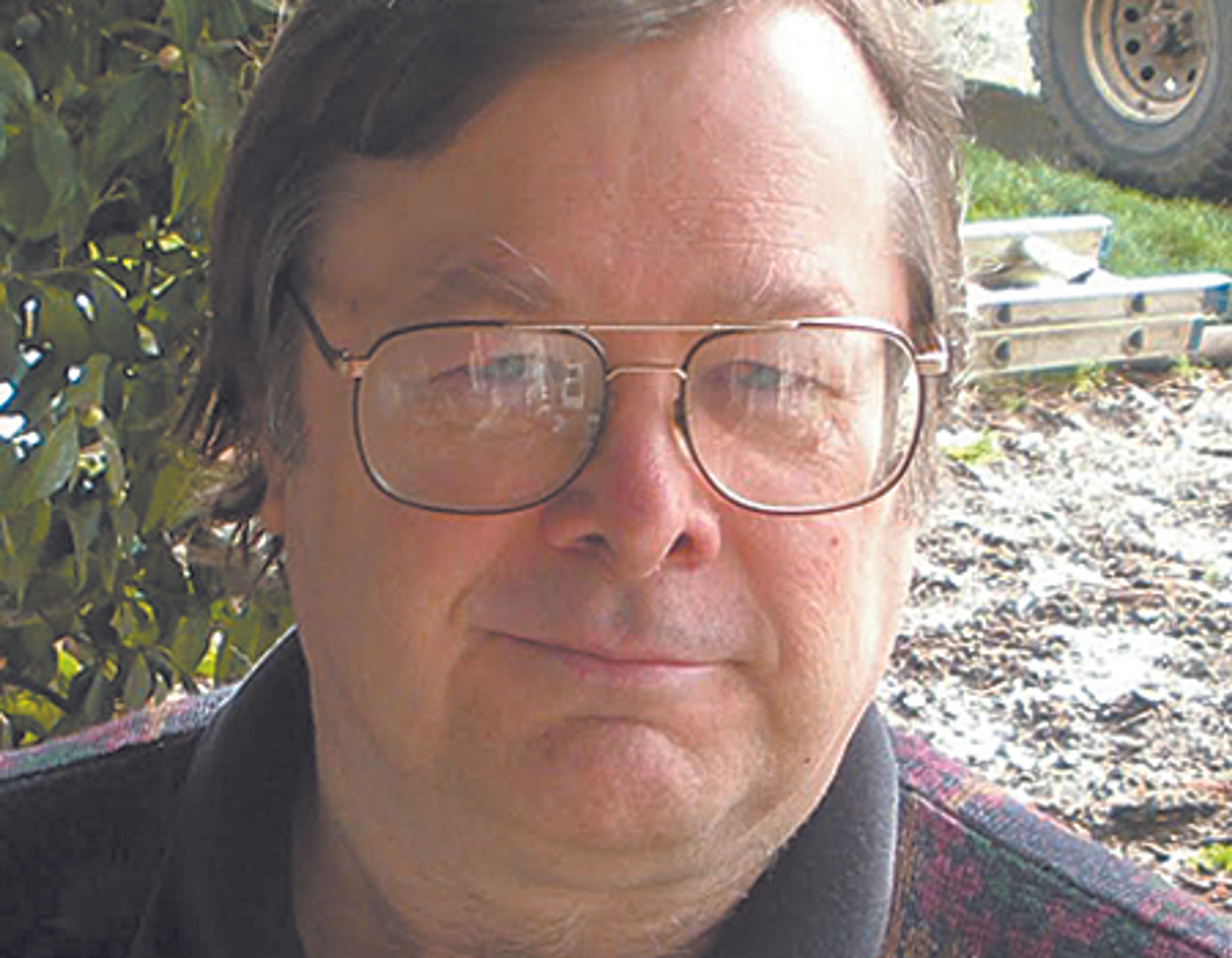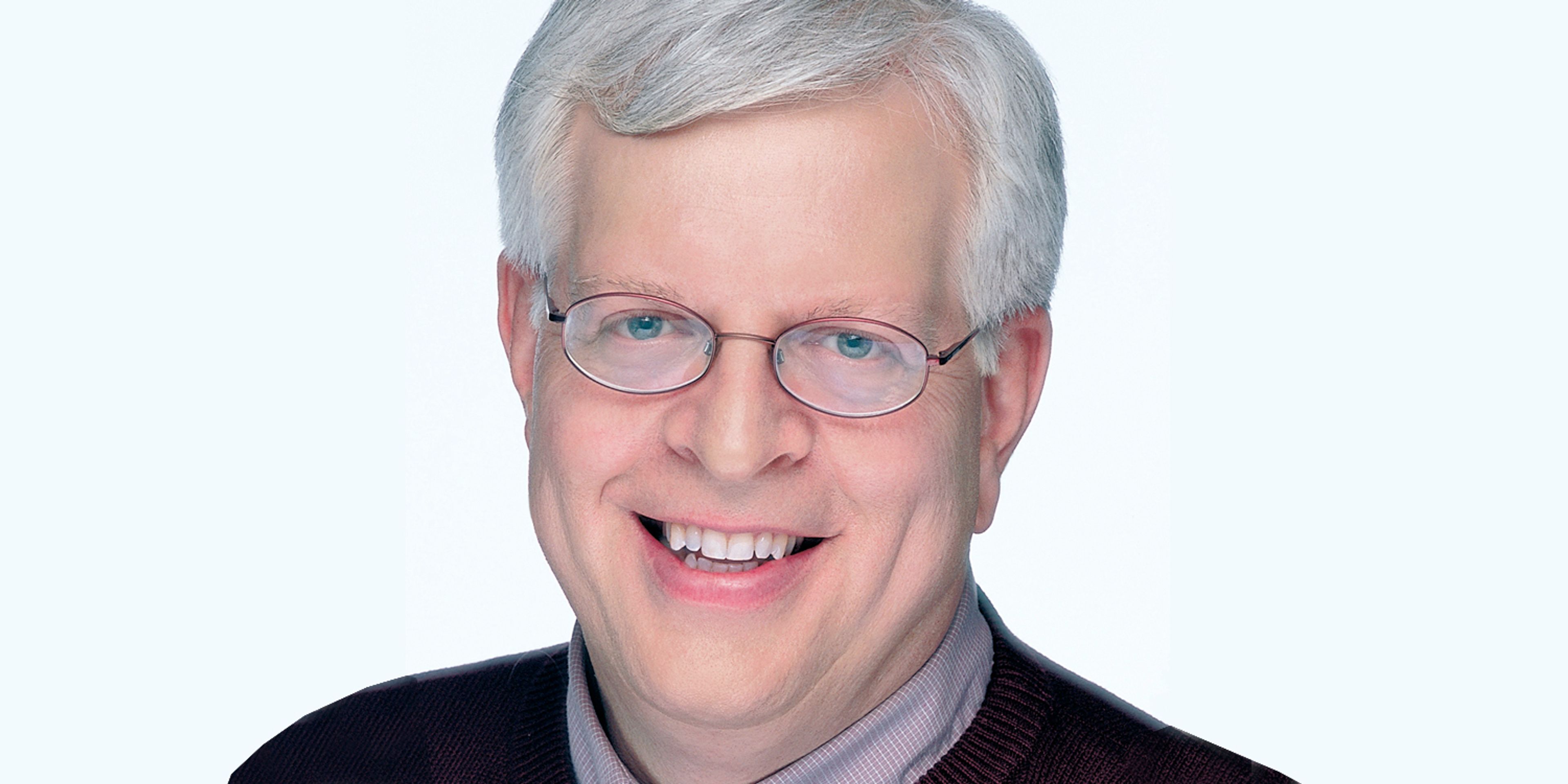I’ve been doing some research about what people on both sides consider the coming worldwide population crisis. According to many sources, 138 of the 149 countries in the world are losing population.
The birth rate is falling and people in Western countries are prioritizing career, education and money over choosing to have a family. Because of the large families of the baby boom generation, the U.S. has been able to sustain the population. The current birthrate required to sustain a population is 2.1 children per family. The United States currently has a 1.9 child birth rate; however, because of immigration, we are still growing in our population numbers.
But consider the following:
A YouTube video titled “The World Population Crisis No One Sees Coming” gives a couple of other examples:
“The De-Population Bomb” from the Hoover Institute.
“8 Billion and Counting” from ABC News.
According to these accounts, 22 countries including China, Russia, Spain, Japan and Italy will likely see a population decline in the next 10 to 20 years. Japan’s population, for example, was approximately 128 million in 2017. Experts expect the Japanese population to halve by the end of the century to 53 million
In the year 400, worldwide population was around 242 million.
In the year 1500, it reached 503 million. In other words, it took 1,100 years to double.
Then in 1805, the population had doubled again to 1 billion, which took only 300 years to grow twofold.
The year 1927 saw it double once again to 2 billion, which was only 122 years.
By 1976, only 49 years later, it then again doubled to 4 billion.
By 2022, 36 years later, it reached 8 billion.
So we could conclude that sometime around 2070, the population would be 16 billion — if we were following the same trajectory as we have done since 400 A.D.
However, this won’t be the case. The population is increasing, but ever so slowly. It should reach a plateau. But world population experts agree that it will drop rather quickly.
In 1968, Paul R. Ehrlich, a Stanford University professor, wrote a book titled, “The Population Bomb: Population Control or Race to Oblivion.” As the thoughts in this book made their way into mainstream media and pop culture, they began to affect public policy with a prediction that the world would collapse by the year 2000 because of overpopulation. (In 1972, this prediction was updated to the year 2040).
According to Brittanica, the Chinese government officially imposed a one-child policy in the fall of 1980. This one-child policy dramatically reduced the population in less than two generations. However, it was not without problems. The proportion of elderly relying upon a shrinking workforce has become a great concern.
In 2021, the United Nations put out a report that forecast the world population to peak at mid-century and then begin to drop.
A 2023 University of Washington study predicts an increase in population to 9.7 billion. Then it will decline to 8.8 billion and potentially 6.8 billion, a potential drop of more than 3 billion across 34 years. This projected drop is faster than all of the growth we have seen since populations were recorded.
Part of the problem is fertility rates have been dropping during the last century.
“Replacement level fertility” is defined as the level at which births level out deaths, leading to a stable population.
Life expectancy rates have been on the rise at about the same rate as the fertility rates have been declining. Part of the reason for this is that more women are prioritizing education and pursuing a career, thereby postponing having children until later in life, which in turn cuts back on the number of cycles possible to bear children.
Until 2023, the U.S. pyramid has been one where more young people were on top. This included 69 million baby boomers, 67 Generation Xers, 72 million millennials and 69 members of Generation Z.
Currently, the fastest growing demographic is people ages 85 and older. By the year 2100, the number of children younger than 5 is projected to shrink from 681 million to 400 million.
In “The De-Population Bomb” video, Peter Robinson of the Hoover Institute interviewed Harvard graduate Nicholas Eberstat on the results if the population trends indeed shift and suddenly begin to drop. Eberstat published an article titled “Can America Cope with Demographic Decline,” which deals with this issue.
What if our population decreases? Since 2008, America’s fertility rate was at or above the population sustainable rate of 2.1 children. If current trends continue, the U.S. is on track to decline in population (without immigration). It appears that the current shift is not because women in the United States are postponing child bearing. It’s because a majority are deciding to have no children at all.
For centuries, America was a country of growth, both in terms of population and economic output.
The last time that the U.S. population declined was during the Great Depression — for reasons you can imagine. There was not a lot of optimism during the period from the late 1920s well into World War II.
The U.S. does not know how to operate without an increase in population, wealth and power.
Why does this matter? We have to look at human capital and productivity, but Eberstat cautions us against being alarmist.
Because we know that our young people who are of child-bearing age most likely do not read old-fashioned newspapers, please pass this information along to your grandchildren. Getting married and having a family with two or three children is a blessing. Even greater would be to adopt a couple more.
Do not miss the blessing.
Mader, of Genesee, is a businesswoman, farmer and a former congressional office staff member.









